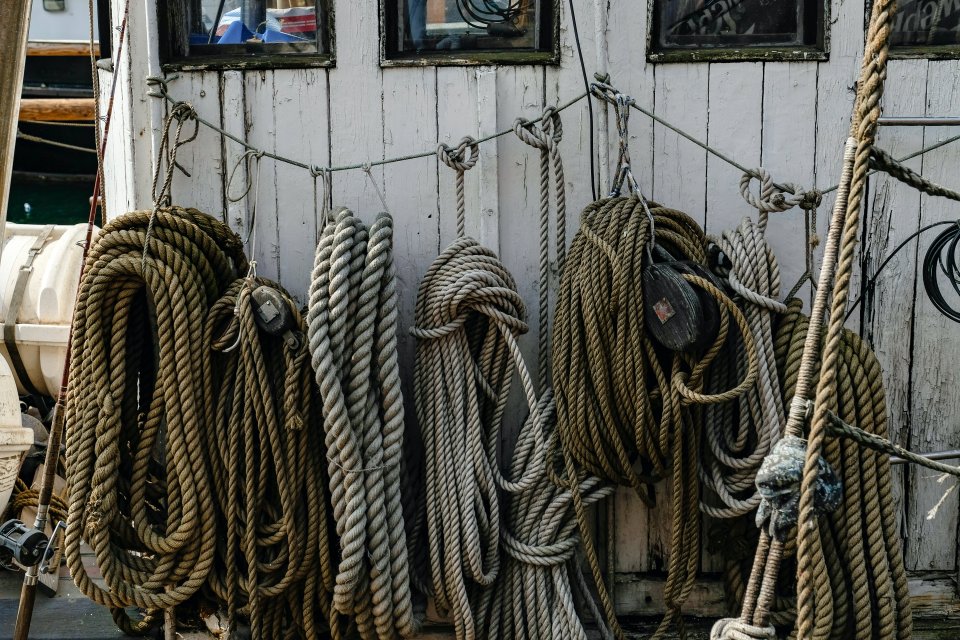
There are so many national and international laws governing seafarers, ships, and the procedures that even the regulations that must be followed might become an obligation.These rules are additional labor for seafarers and additional costs for shipowner companies. For instance, the wire ropes used to release the lifeboat to the sea need to be replaced at regular intervals.This rule, in addition to imposing a fee, imposes a significant workload on seafarers. Despite the fact that there are no traces of deformation on the modified wire rope, this alteration is still made. Considering the numerous maintenance attitudes and modification works, the cost of such large sums, as well as the workload required, is made challenging, especially given the decreasing number of seafarers per ship.
Even though it is wrong both in terms of legislation and ethics, sometimes these works can be performed incompletely or not at all by the shipowner company and sometimes by seafarers. The main issue to be considered here is what is the purpose of these rules? Although these regulations were established to safeguard ships and sailors, they are often viewed as obligations to be fulfilled, an obstacle to be overcome. Additional strategies are sought to overcome the obstacle that needs to be overcome in an easier way.
However, each of these rules exists to protect seafarers, ships, and the environment, and the vast majority of them are the result of distressing incidents and heavy costs.To avoid having the same experiences and paying the price, it is vital to follow these guidelines and understand who these rules are designed for.
A second issue is that these operations are performed on the equipment that needs to be changed and maintained periodically as required by the legislation, but the equipment that is not subject to the change, expiration date, service time and similar legislation can be neglected.When purchasing a lifeboat, for example, a certified lifeboat is acquired from an authorized seller. However, if similar legislation does not exist in the supply of some materials, other options may be investigated.
The photos below were taken at Tuzla Ship Industry and display the materials that are awaiting the new ship. These used materials, usually obtained from scrapped ships, are called "reused materials". Prices are usually in kilo/tonne and may vary depending on the quality of the material, the supply-demand balance, and sometimes even the buyer's clothing and vehicle.Materials in better condition and projected to have higher profit yields are better protected, whilst materials in worse condition are left exposed to the sun and rain.In addition, if these materials do not exactly match the ships purchased, the sellers can provide technical support or direct them to the places that provide technical support. This technique is known as "adjustment" and it is carried out by a master, such as a welder or a turner. So the "reused material" is seemed to "fit" on the new ship.
Mr. Orhan Gönel, Lecturer of ITU Maritime Transportation and Management Engineering
Photos –Materials are kept for processing at an industrial facility in Tuzla Shipyard
.jpg)
.jpg)

Comments ( 0 )